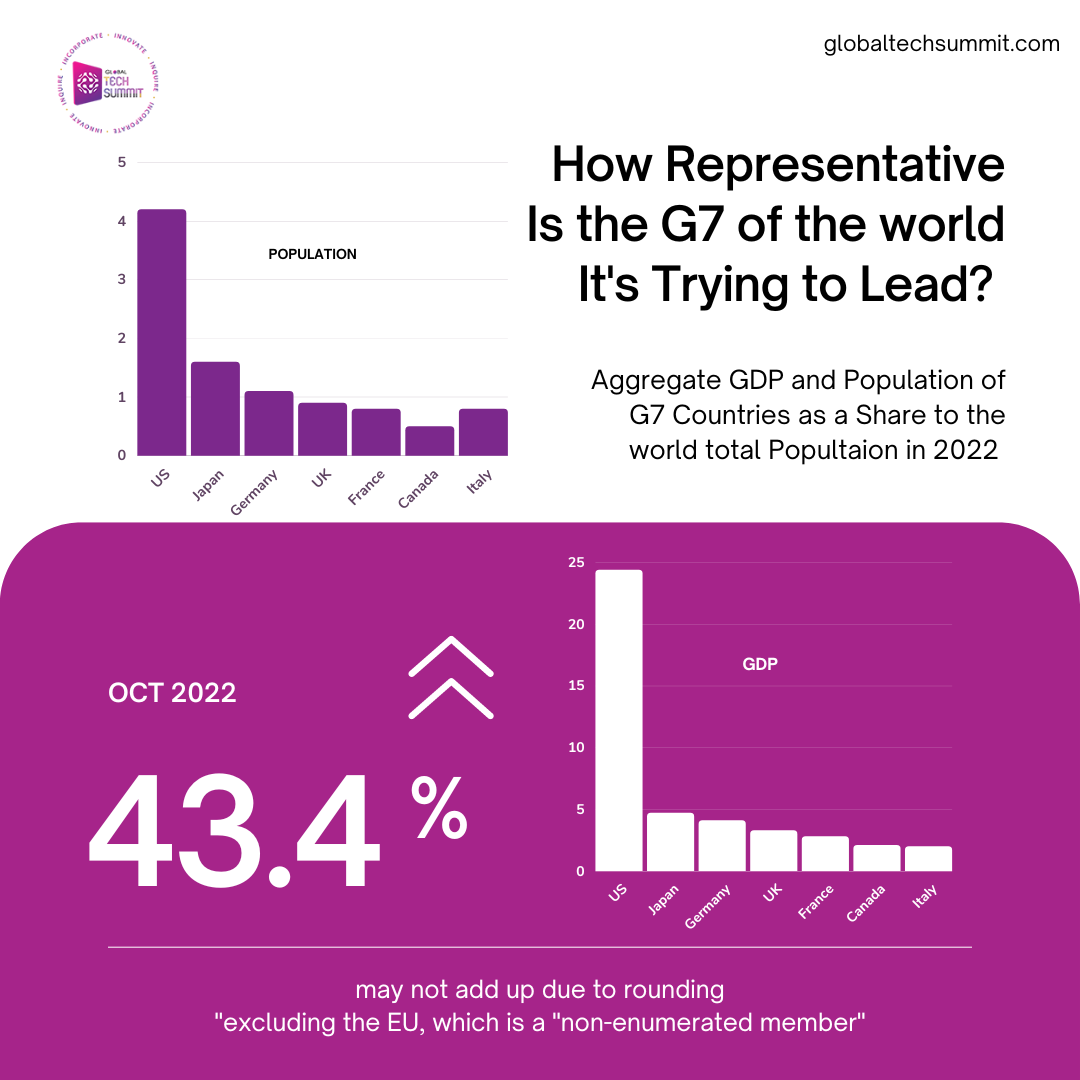
The Gross Domestic Product (GDP) and population of the G7 countries are two important economic indicators that provide insight into the performance and growth of these major economies. The G7 is a group of seven leading industrialized countries, consisting of Canada, France, Germany, Italy, Japan, the United Kingdom, and the United States.
GDP is a measure of the total economic output of a country, and is widely used as a gauge of economic growth and development. The G7 countries are some of the largest economies in the world, and collectively represent a significant portion of the global economy. The GDP of the G7 countries ranges from several trillions of dollars in the case of the United States, to several hundred billion dollars in the case of Italy.
Population, on the other hand, is a measure of the number of people living in a country. The populations of the G7 countries range from over 200 million in the case of the United States, to just over 60 million in the case of Canada. The populations of the G7 countries are generally aging, with declining birth rates and increasing life expectancies leading to a growing number of older adults.
The relationship between GDP and population in the G7 countries is complex, and is influenced by a wide range of factors such as economic policies, demographic trends, and technological innovations. Nevertheless, the GDP and population of the G7 countries continue to be important indicators of the performance and growth of these major economies, and are closely watched by policymakers, investors, and the general public.
Global Tech Summit
Posted on: Feb 07, 2023

